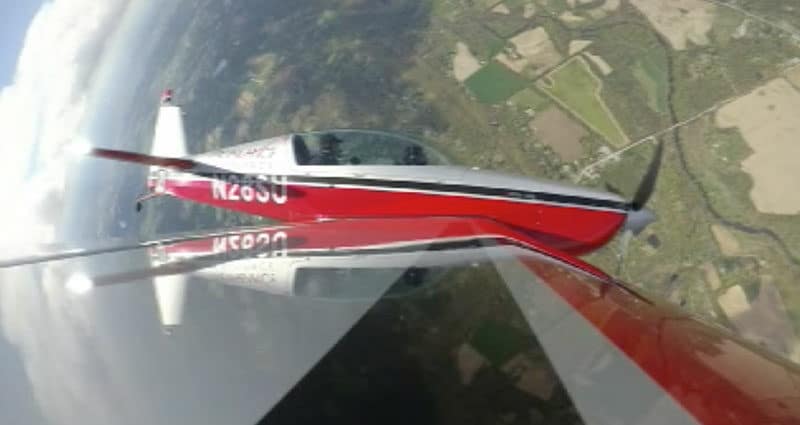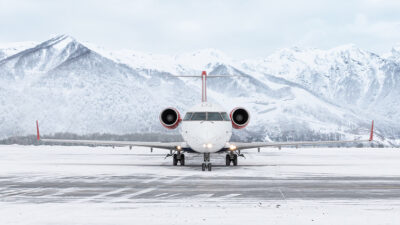Safe Flights—It Takes All of Us!

Aviation safety is crucial to safeguarding human lives and preserving public trust in air travel. There are many factors and components of aviation safety. Human factors, aircraft design, maintenance, air traffic management, operational procedures, regulations, training and education, to name a few.
These factors interact and influence each other, creating a comprehensive framework for aviation safety. Addressing them collectively is crucial for maintaining and enhancing safety standards in the aviation industry.
Aviation Accidents and the Many Contributing Factors
“Statistics show that up to 80 percent of all aviation accidents can be attributed to human error” (Aviation and Plane Crash Statistics (Updated 2022), 2022). Mitigating human error in these accidents is paramount, and it is not solely a pilot responsibility. Cabin crew, maintenance personnel and even passengers must undergo skills and procedural training to perform their roles effectively.
This training could be as simple as a tabletop discussion to address “What happens if we hit significant turbulence at altitude?” Although passengers are not directly involved in operating the aircraft, their cooperation, attentiveness and adherence to safety guidelines also contribute to overall safety during flight.
According to the FAA, 2021 was the worst year on record for unruly passengers (Unruly Passengers, n.d.). These passengers contribute to discourse in the cockpit and may cause pilot distractions. Distractions can take pilots away from their primary duties, potentially leading to aircraft upsets. If upsets are not mitigated, Loss of Control-Inflight (LOC-I), or an unintended departure of an aircraft from controlled flight, is a likely next step.
LOC-I is one of the primary causes of fatalities in aviation each year. If not addressed effectively, it will continue to be a challenge for pilots, cabin crews and passengers alike.
Quantifying Aviophobia
One of the primary safety issues associated with passengers is a fear of flying or aviophobia. If aviophobia is the starting point, any unexpected event is likely to exacerbate the problem. One in three people has aviophobia. Of those, 73% fear mechanical problems during flight, 62% are afraid of being on a flight during bad weather, 36% are concerned about mechanical problems on the ground, 36% fear flying at night, and 33% worry about flying over a body of water (Plane Crash Statistics, 2022).
There is significant overlap in the types of fears that cause anxiousness or panicked behavior during a flight. However, even the statistics-driven Freakonomics would attest to the fact that aviation remains the safest mode of transportation (Dubner, 2023, 01:50)
Unruly Passengers and Charter Flights
Commercial airlines drive the bulk of passenger transport statistics, yet there is another option for passengers—the ability to charter an airplane. Nervous passengers feel more in control while not on a Part 121 commercial airline.
This introduces more questions from a passenger perspective and amplifies the role of the cabin crew. The charter industry is a bit less structured than its Part 121 counterparts, which can lead to lesser-trained pilots or cabin crew. Each party is certainly trained, but the degree of training might not be enough to reduce the human error that may occur with any given flight anomaly. Asking questions of the charter organization, including the specifics of pilot and cabin crew training, is paramount to ensure all aboard can rely on each other if the unforeseen occurs.
Collaboration Is the Key to Aviation Safety
Whether it’s LOC-I, unruly passengers or a fear of flying, every individual plays a part in aviation safety and, each must take that role seriously. It is important to be trained in how to manage anxious passengers during flight operations and actively participate in the solution, which might be as simple as crew members maintaining their composure.
As individuals and organizations, we need to continue to ask the hard questions and ensure our teams are trained to the greatest extent possible to preserve aviation safety.
Video caption: Running through airborne scenarios prepares pilots for the unexpected and can help crew members to manage any given contingency more effectively.
Resources:
Aviation and Plane Crash Statistics (Updated 2022). (2022, July 13). Panish | Shea | Boyle | Ravipudi LLP. https://www.psbr.law/aviation_accident_statistics.html
Unruly Passengers. (n.d.). Federal Aviation Administration. https://www.faa.gov/unruly
Plane Crash Statistics. (2022). FlyFright. https://flyfright.com/statistics/#tab-con-6
Dubner, S. J. (Host). (2023, Mar 1). Why is Flying Safer Than Driving? Episode 535 [Audio podcast episode]. In Freakonomics. Ryan Kelley. https://freakonomics.com/podcast/why-is-flying-safer-than-driving/

Prevailance Aerospace is a UPRT provider that has been working with corporate, government, and general aviation pilots to improve safety in the aviation industry. Prevailance Aerospace uses Extra 300 Series Aircraft for training and our pilots are experienced aviation professionals from various military and general aviation backgrounds. We know that successful aviation endeavors are accomplished through an uncompromising commitment to safety, impeccable professionalism, tremendous attention to detail, and constant improvement.
http://prevailanceaerospace.com
© 2025 Prevailance Aerospace. All Rights Reserved.
Next ArticleRelated Posts

Mitigating Risk – Amidst the Chaos
There have been more high-profile aviation accidents in the last few months than in the last few decades. As we mourn those we have lost and aim not to make assumptions before final reports are completed, we must focus, personally and professionally, on assessing the risk of something similar happening within our aviation enterprises.

Let’s Get Personal (About Risk)
Aviation loves to talk about risk management. Insurance companies, manufacturers, and organizations all fully embrace the concept and know that to make it work on the line, we must get people at all levels and from all functional areas to embrace it. Tools such as the Flight Risk Assessment Tool (FRAT) are noble attempts, but at the core of it all lies the simple fact that people, as individuals, view risk differently.

